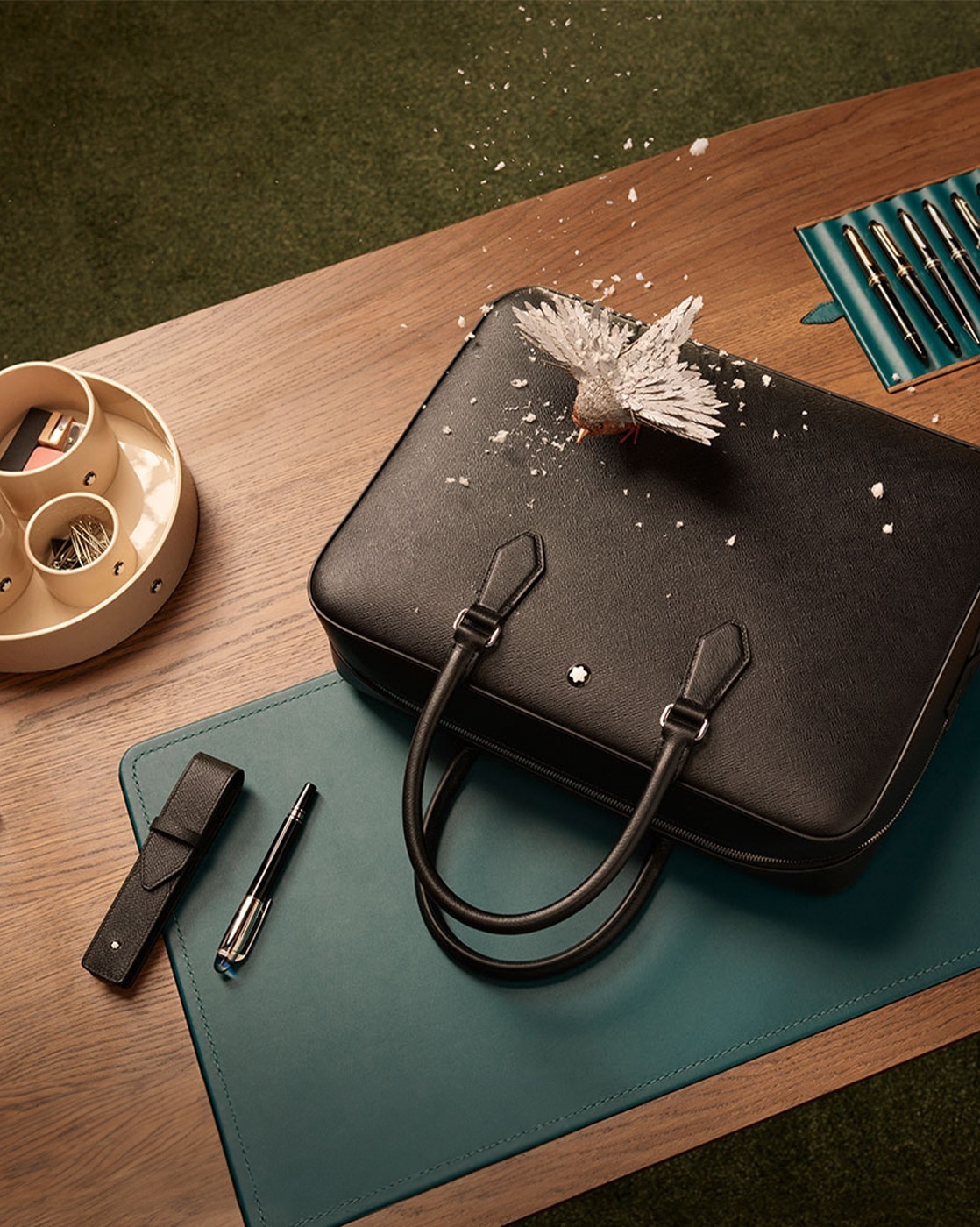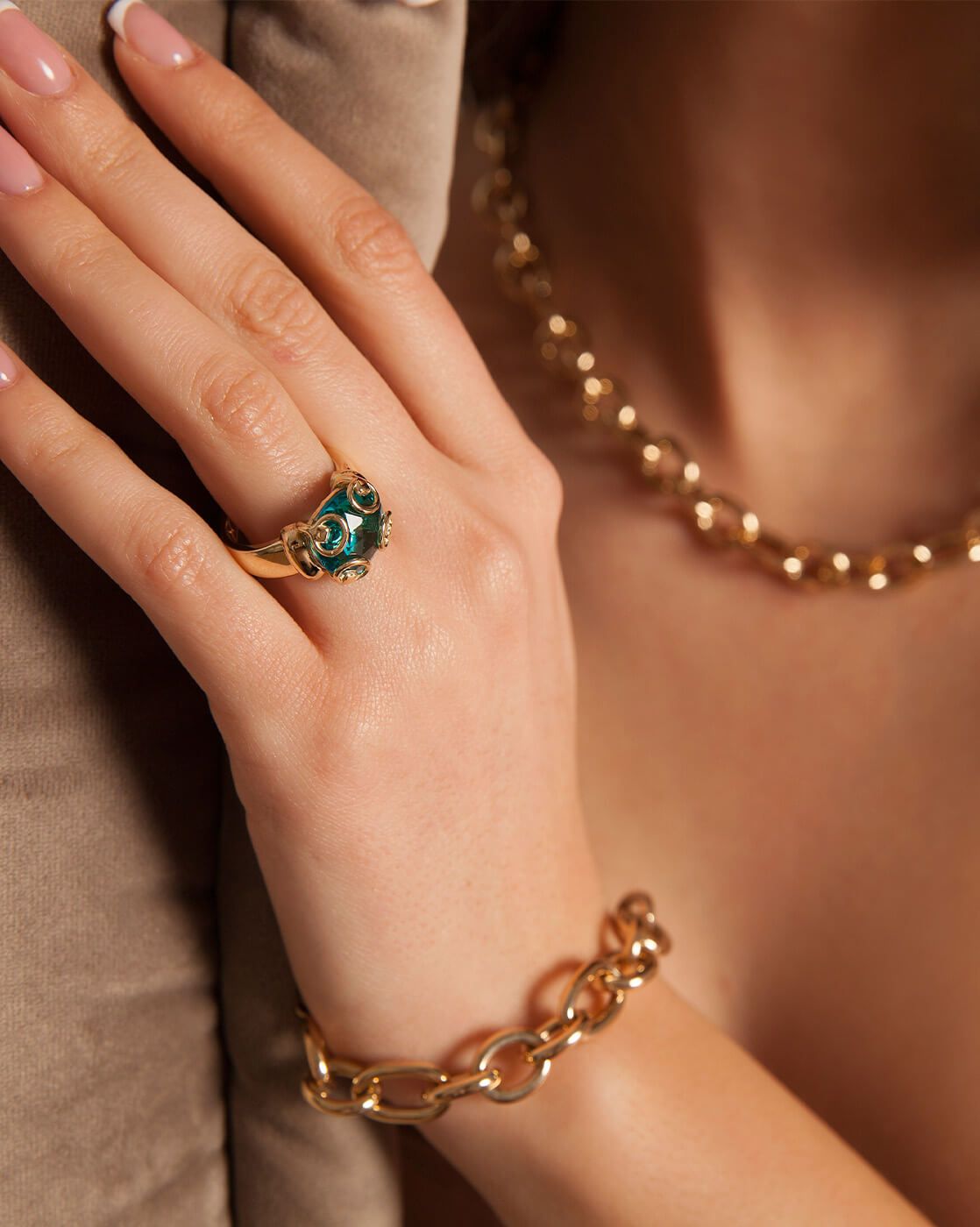Blepharitis
Blepharitis is a common condition that causes inflammation of the eyelids. The condition can be difficult to manage because it tends to recur.
Blepharitis Occurs In Two Forms:
Anterior Blepharitis affects the outside front of the eyelid, where the eyelashes are attached. The two most common causes of anterior Alepharitis are bacteria (staphylococcus) and scalp dandruff.
Posterior Blepharitis affects the inner eyelid (the moist part that makes contact with the eye) and is caused by problems with the oil (meibomian) glands in this part of the eyelid. Two skin disorders can cause this form of blepharitis: acne rosacea, which leads to red and inflamed skin; and scalp dandruff (seborrheic dermatitis).
Symptoms
Symptoms include a foreign body or burning sensation, excessive tearing, itching, sensitivity to light (photophobia), red and swollen eyelids, redness of the eye, blurred vision, frothy tears, dry eye, or crusting of the eyelashes on awakening.
Treatment
Treatment for both forms of blepharitis involves keeping the lids clean and free of crusts. Warm compresses should be applied to the lid to loosen the crusts, followed by a light scrubbing of the eyelid with a cotton swab and a mixture of water and baby shampoo. Most patients must maintain an eyelid hygiene routine for life because Blepharitis rarely goes away completely.
When scalp dandruff is present, a dandruff shampoo for the hair is recommended as well. In addition to the warm compresses, patients with posterior Blepharitis will also need to massage their eyelids to clean the oil accumulated in the glands. Patients who also have acne rosacea should have that condition treated at the same time.










